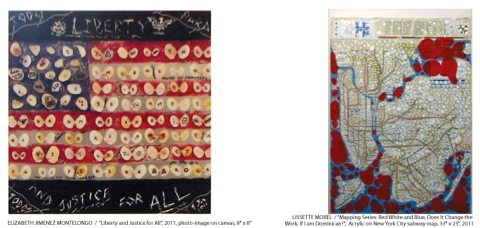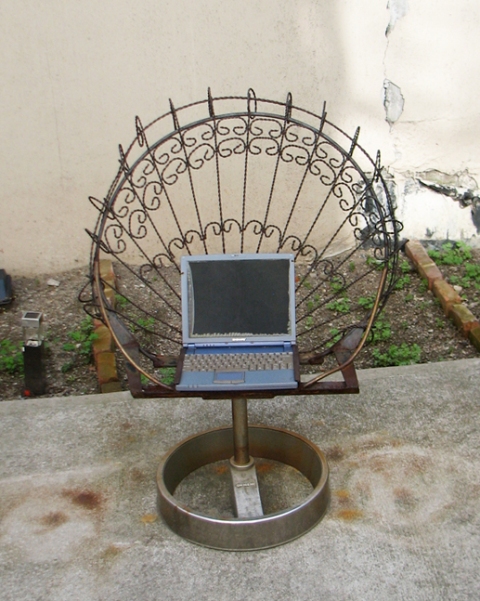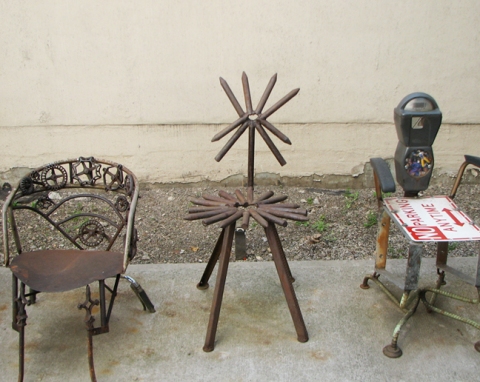Last weekend a new exhibit opened in Manhattan’s lower east side Wilmer Jennings Gallery at Kenkeleba.

In recent years I’ve gotten to know and respect several of the participating artists, on occasion sharing gallery space with them, and wanted to show my support. I was also intrigued by the show’s theme: “We Are You”. A simple phrase, but deceptively potent and full. I like how it causes the mind to bend a bit.
As a body of work, the exhibit is described as “an artistic overview of the current state of Latino socio-cultural, political, and economic conditions in the 21st Century … reflected in paintings and prints by thirty-three prominent, contemporary Hispanic artists whose trans-cultural and pan-Latino-heritage can be traced to many and diverse Ibero-American traditions, including Mexico, Puerto-Rico, Cuba, Colombia, Ecuador, Peru, Uruguay, Brazil, Argentina, the Dominican Republic, and Spain and Portugal. Most importantly, each artist or their families have experienced the perspective of being an immigrant, refugee, a migrant, expatriate, or nomad, who gratefully found a new home in the United States, and where over the course of years, they have attained professional success by expressing both their vision and unique personal story.”
They’re an impassioned crowd, friendly and welcoming, and the art was fantastic, with wonderfully varied expressions of what was so eloquently stated in the above press release. Here’s a sampling of what’s on display. If you’re in the area, it’s well worth a visit.










Full listing of “We Are You” exhibiting artists:
José Acosta, Efren Alvárez, Nelson Alvárez, Willie Báez, Josephine Barreiro, Hugo X. Bastidas,, Monica S. Camin, Priscila De Carvalho, Jacqui Casale, Gerardo Castro, Pablo Caviedes, Carlos Chavez, William Coronado, Maritza Dávila, Rosario D’Rivera, Fernando Goldoni, Elizabeth Jiménez Montelongo, Roberto Marquez, Raphael Montañez Ortíz, Hugo Morales, Lisette Morel, Gabriel Navar, Julio Nazario, Jimmy Peña, Joe Peňa, Duda Penteado, Mel Ramos, Rolando Reyna, Jesús Rivera, José Rodeiro, Marta Sanchez, Sergio Villamizar and Raúl Villarreal.
Gallery Hours: Wednesday to Saturday, 11am to 6 pm or by appointment
Gallery Location: 219 East 2nd Street at Avenue B
The exhibit runs through May 5, 2012.
For further information about the show and related events please contact Kenkeleba Gallery Director at (212) 674-3939 and/or visit the project’s website at: http://www.weareyouproject.org













































